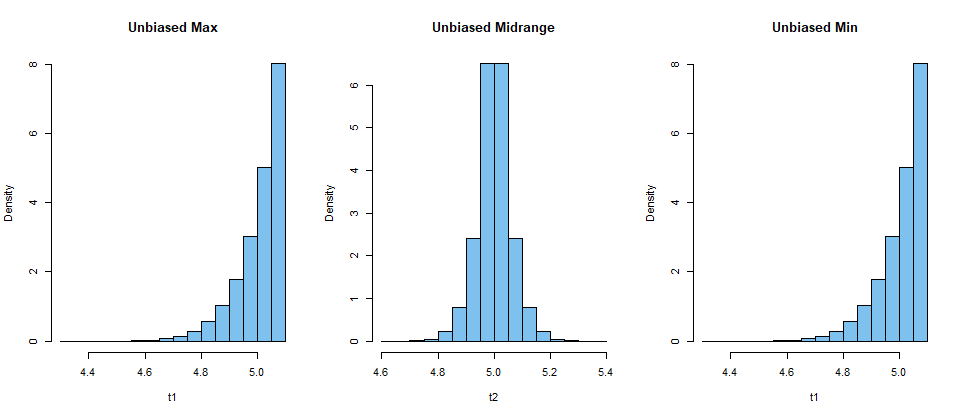Comments and demonstration: Of the several pages in previous comments, perhaps this one from @stubbornatom and this one from @whuber are most directly relevant.
While there is no unique MLE, it makes sense to use sufficient statistics to find an unbiased estimator with small root mean square (RMSE). One good candidate is the unbiased midrange, as illustrated in the R simulation below for the case in which $\theta = 5.$
set.seed(311)
m = 10^6; mx = mn = mr = numeric(m)
th = 5; n = 10
for(i in 1:m) {
x = runif(n, th, th+1)
mx[i] = max(x)
mn[i] = min(x)
mr[i] = mean(range(x)) }
# Unbiased estimators
t1 = mx - .9 # adj max
t2 = mr - .5 # adj midrange
t3 = mn - .1 # adj min
mean(t1); mean(t2); mean(t3)
[1] 5.009175
[1] 5.00002
[1] 4.990866
sd(t1); sd(t2); sd(t3)
[1] 0.08292119
[1] 0.06145805 # smallest of 3
[1] 0.08282185
sqrt(mean((t1 -th)^2))
[1] 0.08342722
sqrt(mean((t2 -th)^2))
[1] 0.06145803 # smallest of 3
sqrt(mean((t3 -th)^2))
[1] 0.08332399
par(mfrow=c(1,3))
hist(t1, prob=T, col="skyblue2", main="Unbiased Max")
hist(t2, prob=T, col="skyblue2", main="Unbiased Midrange")
hist(t1, prob=T, col="skyblue2", main="Unbiased Min")
par(mfrow=c(1,3))

